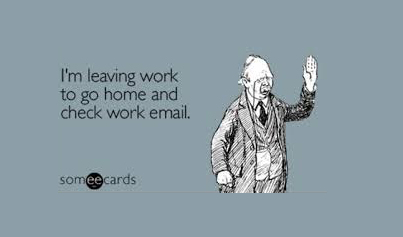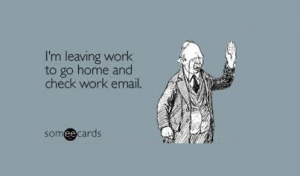
 Today I got a reality check when my daughter came into the bedroom crying that the tooth fairy hadn’t visited her in the night. This was a BIG deal and I felt terrible. I had forgotten. No excuses.
Today I got a reality check when my daughter came into the bedroom crying that the tooth fairy hadn’t visited her in the night. This was a BIG deal and I felt terrible. I had forgotten. No excuses.
How do important things get lost in the haze of busyness? How is it that there was something more important than delivering a gold coin under her pillow? Well the truth is, there wasn’t anything more important and I can list 100 reasons why I forgot, but I’m not into excuses, only solutions.
Have you ever missed a deadline? Forgotten to return a call? Let it slip your mind that something had to be done by a certain time? We all have. We all make mistakes. Just this week I was speaking to a client who was given an opportunity by the Managing Director of her company to deliver a report on a special project. 2 days after it was due, she remembered. Gulp! We discussed how to avoid this in future:
- Daily ‘to do list’ – yes I have spoken about this before here. I can’t emphasize this tool enough. Now, I must tell you at this point she argued with me that she does in fact use a ‘to do list’. On further investigation it was a random set of notes on a page that were in no logical order and did not provide any direction or motivation.
- Be specific – tasks on a page need to be very specific. Ring Henry Jones re: credit card payment or email Heather the ABC report by 5pm. Anything that says, “do reports” or “make calls” is not going to happen or if it does, you will still miss tasks due to its generic nature.
- Projects – this is where it goes pear-shaped for most people in my experience. You have things you would like to do or a project in the distance that you have to start at some point. So on the to do list goes “Project XYZ”. And then it gets re-written and moved to the next day and the next day….and so on. The idea is to break it down so the only thing that goes on the do list is something specific to do with the project eg: “Research competitor products”. Once this is done, part 2 of the project can go on the list. Before you know it, your project is well under way and there is no chance of missing the deadline.
- One location – it turns out my client was using her task book, in-tray, outlook calendar and inbox to keep and track her workload. When I asked her how she missed this important deadline, it turned out that she had printed the email, highlighted it and then put it in her in-tray. It had been lost in the pile. One location and one list is the key.
- Human contact first – so when your list is 2 pages long and it is 2 o’clock in the afternoon, how do you decide what to do and what gets moved to the next day? People first! Anything that involves human contact gets done before close of business. Verbal contact is the most important thing! This is where you build relationships and your own reputation as someone who does what they say they will do.
On reflection, this high achiever sees that she missed a moment to shine and deliver – but just as importantly she has learnt a valuable lesson in responsibility and prioritisation. I feel quietly confident that she won’t let a deadline slide again – with a new system in place and a big picture view of her own reputation and values.
By the way, the Tooth Fairy did deliver and there was some guilt money involved! She delivered her first bank-note, instead of the standard gold coin! I’m quite sure she has learnt her lesson too of important vs urgent.









 The Adelaide Advertiser ran an article on Saturday titled
The Adelaide Advertiser ran an article on Saturday titled 










 In my recent blog “
In my recent blog “